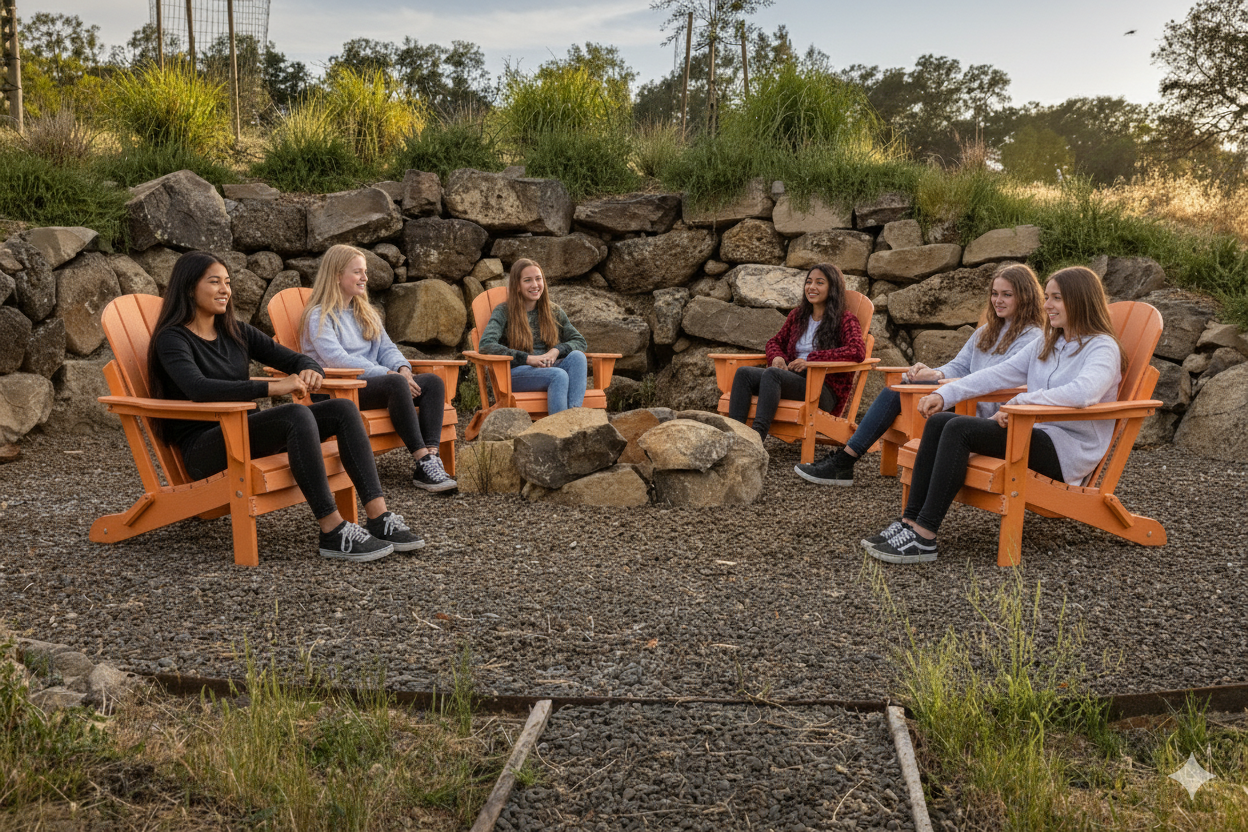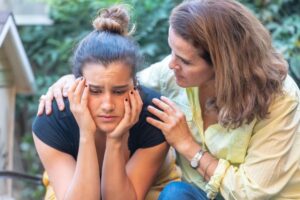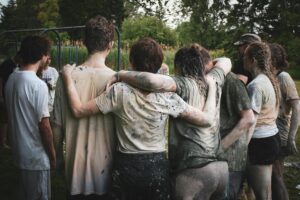by Michael Rass
 The 2015 Red Ribbon Week kicked off on Friday. The annual drug awareness campaign began in 1985 in response to the brutal murder of DEA Agent Enrique “Kiki” Camarena. He had been working undercover in Mexico where his efforts helped discover a multimillion dollar narcotics manufacturing operation in Chihuahua.
The 2015 Red Ribbon Week kicked off on Friday. The annual drug awareness campaign began in 1985 in response to the brutal murder of DEA Agent Enrique “Kiki” Camarena. He had been working undercover in Mexico where his efforts helped discover a multimillion dollar narcotics manufacturing operation in Chihuahua.
Camarena’s identity became known to the Guadalajara cartel and drug lord Miguel Ángel Félix Gallardo, known as “the Godfather,” ordered Camarena’s kidnapping, torture, and murder.
After Kiki’s body was found, citizens in his California hometown started to wear red ribbons in his honor. It quickly became a symbol for efforts to reduce the demand of illegal drugs. Congressman Duncan Hunter and teacher David Dhillon launched “Camarena Clubs” in California high schools. In 1987, parent–teacher organizations in California, Illinois, and Virginia wore red ribbons in October and November. One year later, the National Family Partnership organized the first National Red Ribbon Week, proclaimed by the US Congress and chaired by First Lady Nancy Reagan.
The NFP has been mobilizing communities to educate young people and encourage participation in drug prevention activities ever since.
“Given the epidemic state of substance abuse among teens today, there could not be a more timely initiative for generating awareness around this issue,” said Scott Sowle, founder and executive director of Muir Wood Adolescent & Family Services, a leading teen substance abuse treatment program in Petaluma, CA. “That it grew out of such a terrible tragedy as the murder of a good man trying to stem the tide of drug trafficking to the US is a tribute to Kiki Camarena’s life and memory,” Sowle continued.
This year, you are invited to take a five-part pledge “to be part of the creation of a drug-free America.”
Or you can send in your photo: students, schools, and families are invited to decorate homes or school buildings with the double looped red ribbon and the motto “Respect Yourself. Be Drug Free.” Entries will be accepted through November 3.
“It’s a fun and creative way for parents and schools to educate children about the dangers of drug use,” says NFP President Peggy Sapp.
And it can be part of talking honestly with kids about drugs and alcohol. Don’t forget: research shows that “kids who have conversations with their parents and learn a lot about the dangers of alcohol and drug use are 50 percent less likely to use alcohol and drugs than those who don’t have such conversations.”









